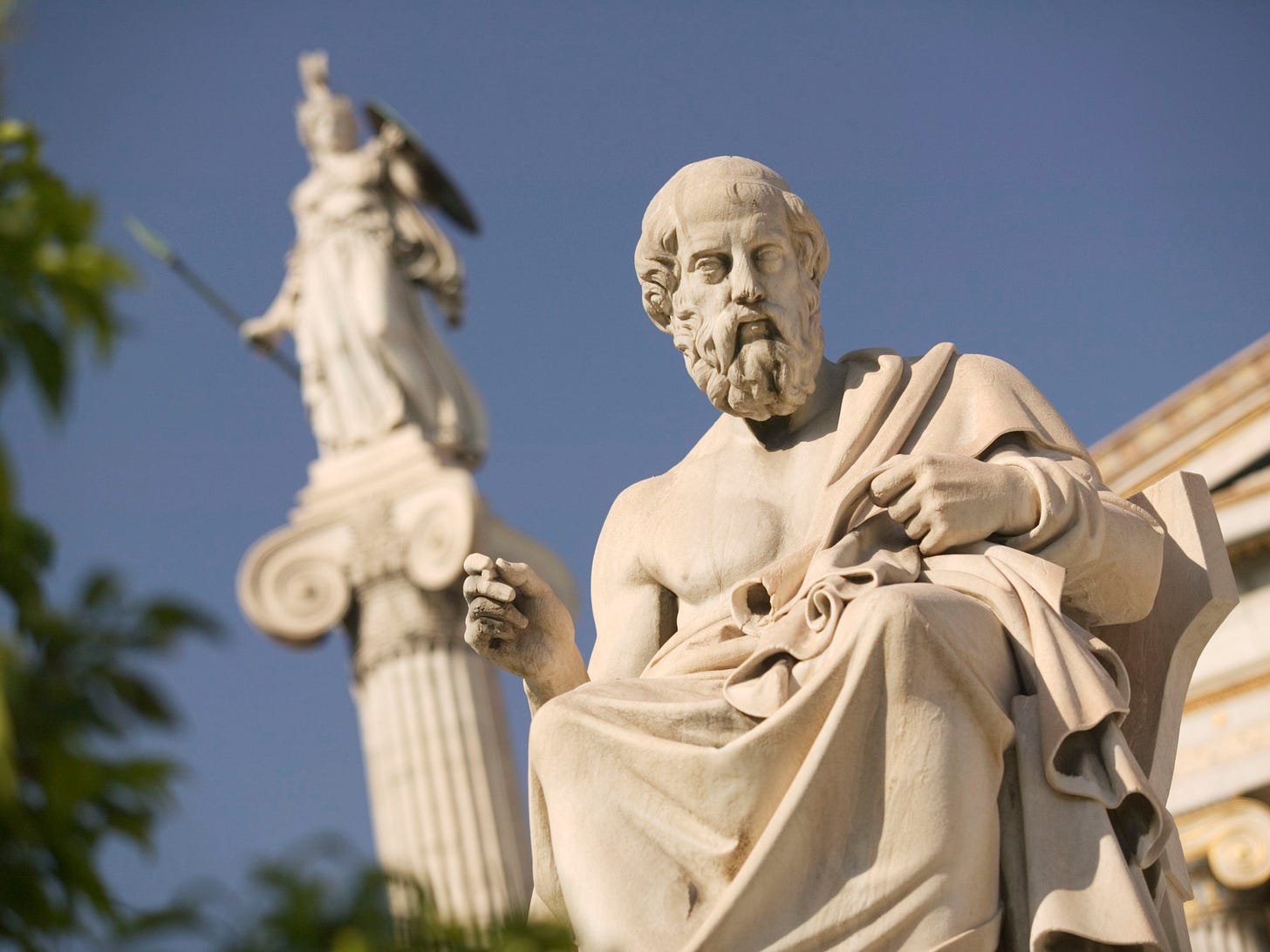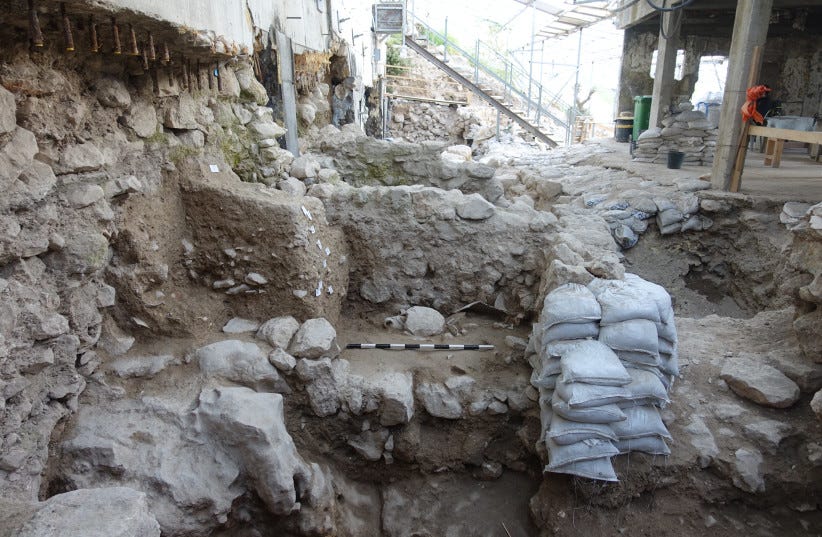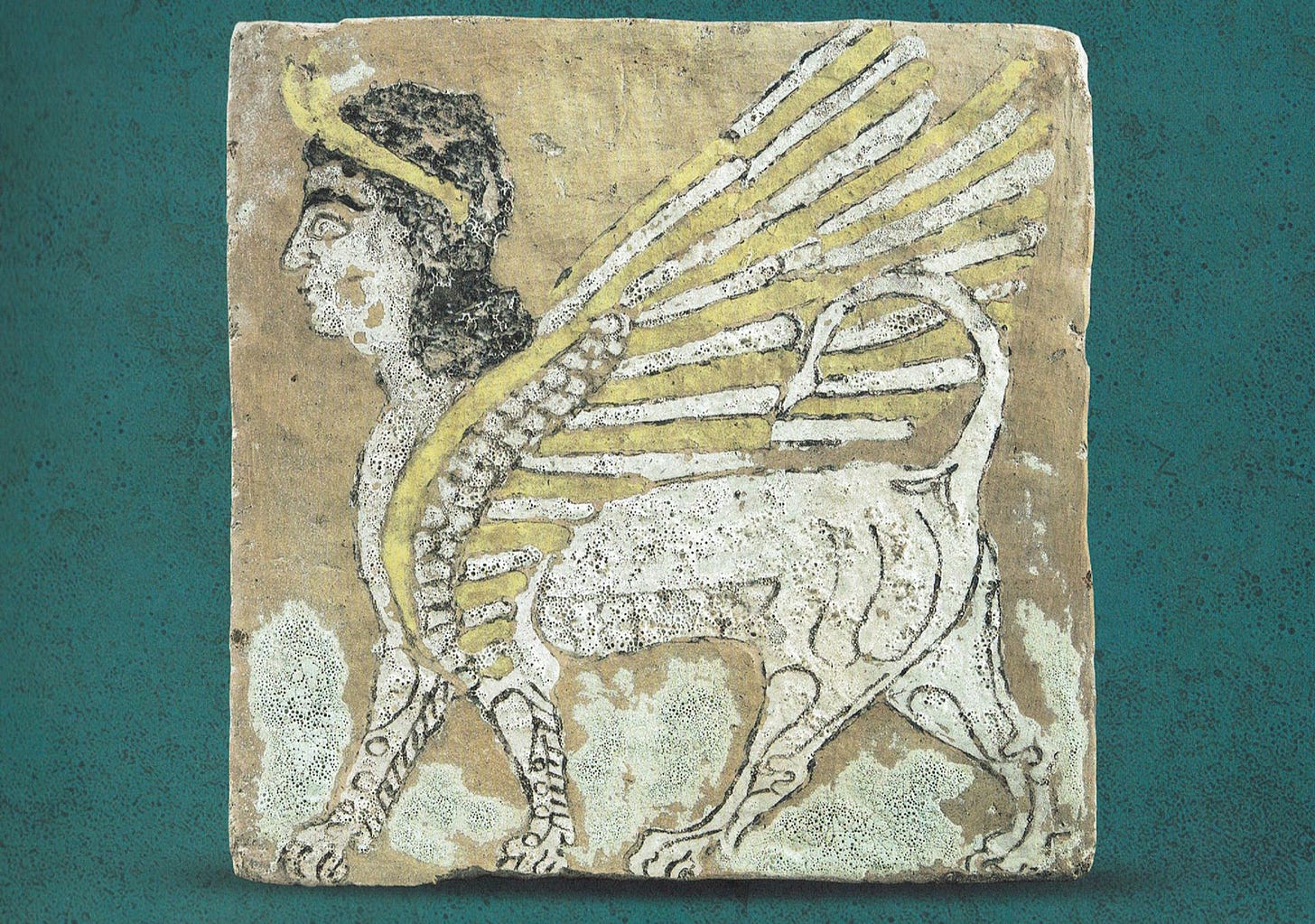Monthly Digest - October 2021
Issue 6
From the Editor
We have been doing this for half a year now. I wonder if it is celebration worthy? Anyway, here we are, Issue 6. News has been a bit slow this month. Some of that is likely related to dig seasons being over and schools being back in session. That will not stop us.
This month we learn of recent restoration work in Egypt and with the tomb of King Djoser at the Ancient Egyptian Necropolis at Saqqara. Israeli archaeologists continue to bring the Old Testament to life after the discovery of an ancient earthquake. There is also talk of a Crusader mass grave, looted artifacts being returned to Iran and more.
Lastly, I know it is late notice but be sure to catch Jesse Millek’s talk on the destruction of the Late Bronze Age, one of history’s most interesting time periods.
Quote of the Month
The greatest wealth is to live content with little. - Plato
In the News…
Tomb of Pharaoh Djoser Opened after Restoration
Bloomberg reports the opening of the tomb of the Ancient Egyptian Pharaoh Djoser, after completing restoration work.
Egypt on Tuesday showcased an ancient tomb structure belonging to the cemetery complex of King Djoser, a pharaoh who lived more than 4,500 years ago, following extensive restorations of the site.
The structure — known as the Southern Tomb — is largely underground and includes a labyrinth of corridors, decorated with hieroglyphic carvings and tiles. A central funeral shaft houses a massive granite-clad sarcophagus from Egypt’s Third Dynasty.
Archaeologists Find Evidence of 2,800 Year Old Biblical Earthquake
Israeli archaeologist discover evidence of a 2,800 year-old Biblical earthquake in Jerusalem.
Some 2,800 years ago, a powerful earthquake hit the Land of Israel. Now, for the first time, archaeologists found evidence of the event in Jerusalem, in the City of David National Park, the Antiquities Authority (IAA) announced Wednesday.
“The words of Amos, a sheep breeder from Tekoa, who prophesied concerning Israel in the days of Uzziah, king of Judah, and Jeroboam son of Joash, king of Israel, two years before the earthquake,” reads the first verse of the Book of Amos.
More details can be found at the the Jerusalem Post.
Crusader Mass Grave Discovered in Lebanon
A mass grave uncovered in Sidon, Lebanon, has shed new light on the Crusades and on the cruelty of medieval warfare, a new study in the academic journal PLOS ONE has shown.
Archaeologists unearthed a large quantity of human bones in the moat of the Saint Louis Castle in South Lebanon.
Read more at the Jerusalem Post.
Once Looted 2,700 Year Old Bricks [re]discovered in a Swiss warehouse and are returned to Iran
According to The Art Newspaper, 2,700 year-old glazed bricks were once looted from. Iranian archaeological sites and have since been rediscovered. The bricks are being returned to Iran.
A spectacular group of decorated bricks, dating from around 700BC and looted from an Iranian archaeological site has now been recovered from a bonded warehouse in Switzerland. The large painted bricks have recently been returned to Tehran and will go on display as soon as the Covid-19 situation allows.
The 51 restituted glazed bricks, most just over one square foot in size, have a wide variety of motifs: winged lions and bulls with human heads, mythological figures, birds of prey, deer and floral or geometric designs. They come from Qalaichi, one of the most important archaeological sites in western Iran, which is just north of the north-western city of Boukan, near the Iraqi border. Qalaichi was the capital of the Mannaean kingdom.
The Taliban is Destroying Ancient Sites and Artifacts
National Geographic is reporting on the unfortunate destruction of ancient and cultural sites. Sadly, this would not be the first instance observed in Afghanistan and the rest of the world or throughout human history.
As Alexander the Great did in 330 B.C., Taliban forces this week conquered the strategic cities of Herat and Kandahar while also taking a dozen other major towns across Afghanistan. The sudden victories caught the nation’s museum curators and archaeologists off guard, and they are scrambling to secure sites and artifacts still under their control. The fate of those within Taliban-run territory remains uncertain.
“We didn’t expect this to happen so quickly,” said Noor Agha Noori, who leads Afghanistan’s Institute of Archaeology in Kabul. Officials intended to transport artifacts from cities like Herat and Kandahar for safekeeping, but the abrupt collapse of Afghan government resistance in recent days prevented those actions.
Featured Publications
The City of Babylon
By Stephanie Dalley
The 2000-year story of Babylon sees it moving from a city-state to the centre of a great empire of the ancient world. It remained a centre of kingship under the empires of Assyria, Nebuchadnezzar, Darius, Alexander the Great, the Seleucids and the Parthians. Its city walls were declared to be a Wonder of the World while its ziggurat won fame as the Tower of Babel. Visitors to Berlin can admire its Ishtar Gate, and the supposed location of its elusive Hanging Garden is explained. Worship of its patron god Marduk spread widely while its well-trained scholars communicated legal, administrative and literary works throughout the ancient world, some of which provide a backdrop to Old Testament and Hittite texts. Its science also laid the foundations for Greek and Arab astronomy through a millennium of continuous astronomical observations. This accessible and up-to-date account is by one of the world's leading authorities.
Resources
Upcoming Events
Just What Was Destroyed at the End of the Late Bronze Age?
Presented by Jesse Millek, research fellow in the Department of Middle East Studies at the University of Michigan over Zoom on October 20, 2021 at 8 PM ET.
Throughout the Ancient Near East / Eastern Mediterranean, the end of the Late Bronze Age (ca. 1200 BC) is often defined in the literature as a time of violence and upheavals. Great destruction events ravaged this area, including the destruction of the palaces in Greece, the burning of Ras Shamra in Syria, the sacking of Hattusa in Anatolia, and the destruction of many great Canaanite cities.
How much of this supposed destruction holds true under the scrutiny of archaeological evidence? For those sites with evident obliteration, what might have been the cause of the destruction based on the physical archaeological evidence?
The goal of this talk is to demonstrate just how much was destroyed (and where) at the end of the Late Bronze Age in the Ancient Near East / Eastern Mediterranean and what this indicates for the multiple theories that utilize destruction as a prime mover in the collapse of Bronze Age civilizations.
Tours
The 14-day Royal Egypt Tour with Dr. Zahi Hawass
Explore the wonders of the ancient Egyptian civilization including the enormous Karnak and Abu Simbel temples, the tombs in the Valley of the Kings, and much more! The Royal Tour offers private entrances to the entire Giza pyramid complex and the Luxor Temple outside of opening hours. Only with us will you stand between the paws of the Great Sphinx and gain exclusive access to the places closed to the public! Thanks to special permission granted by the Minister of Antiquities, you will see the Tombs of the Pyramid Builders in Giza, an active excavation site.
To view more details, visit the Archaeological Paths website.
Artifact of the Month
Alexander III of Macedon (356 BCE – 323 BC), or Alexander the Great, was a king of the ancient Greek kingdom of Macedon. By the age of thirty, he created one of the largest empires in history, stretching from Greece to northwestern India.







